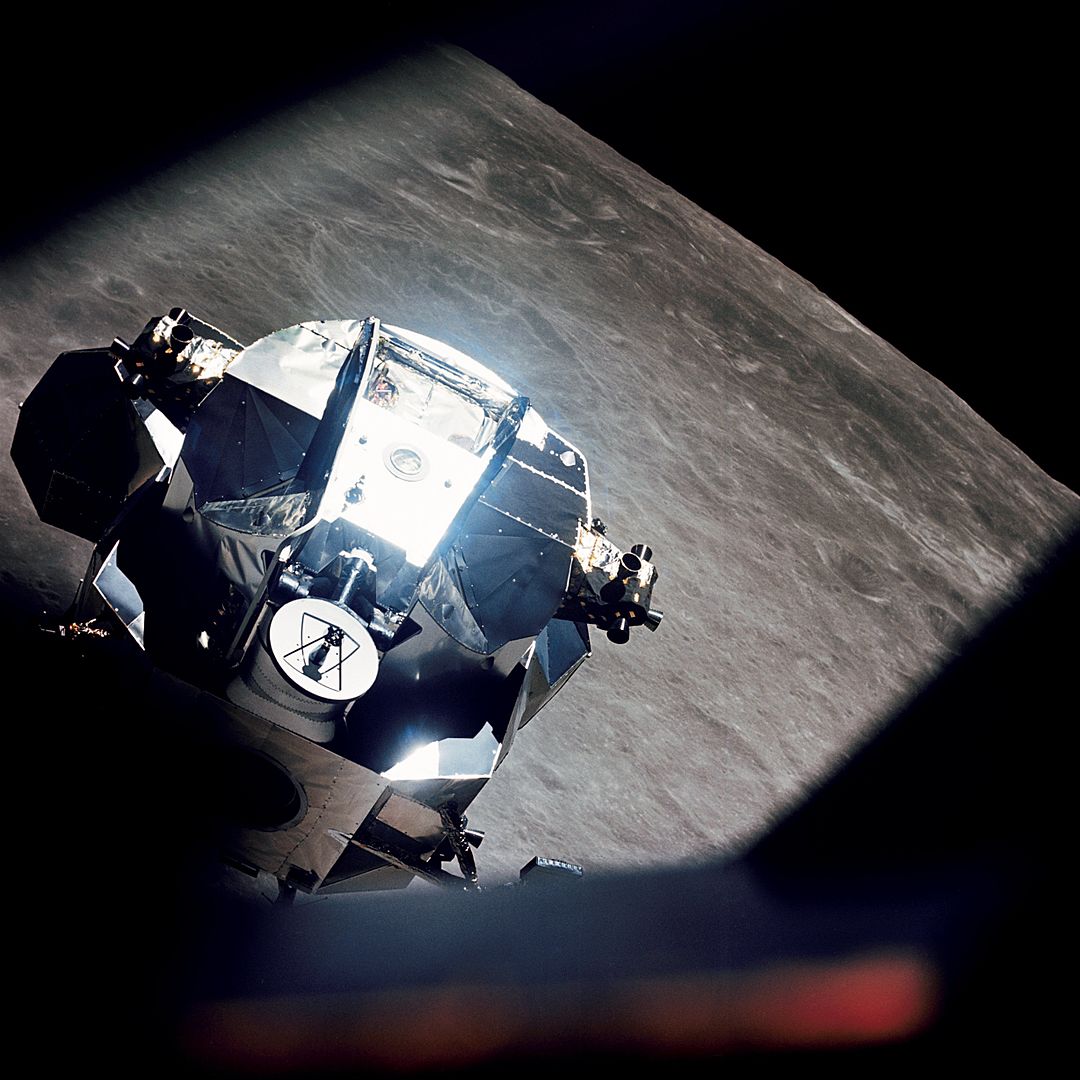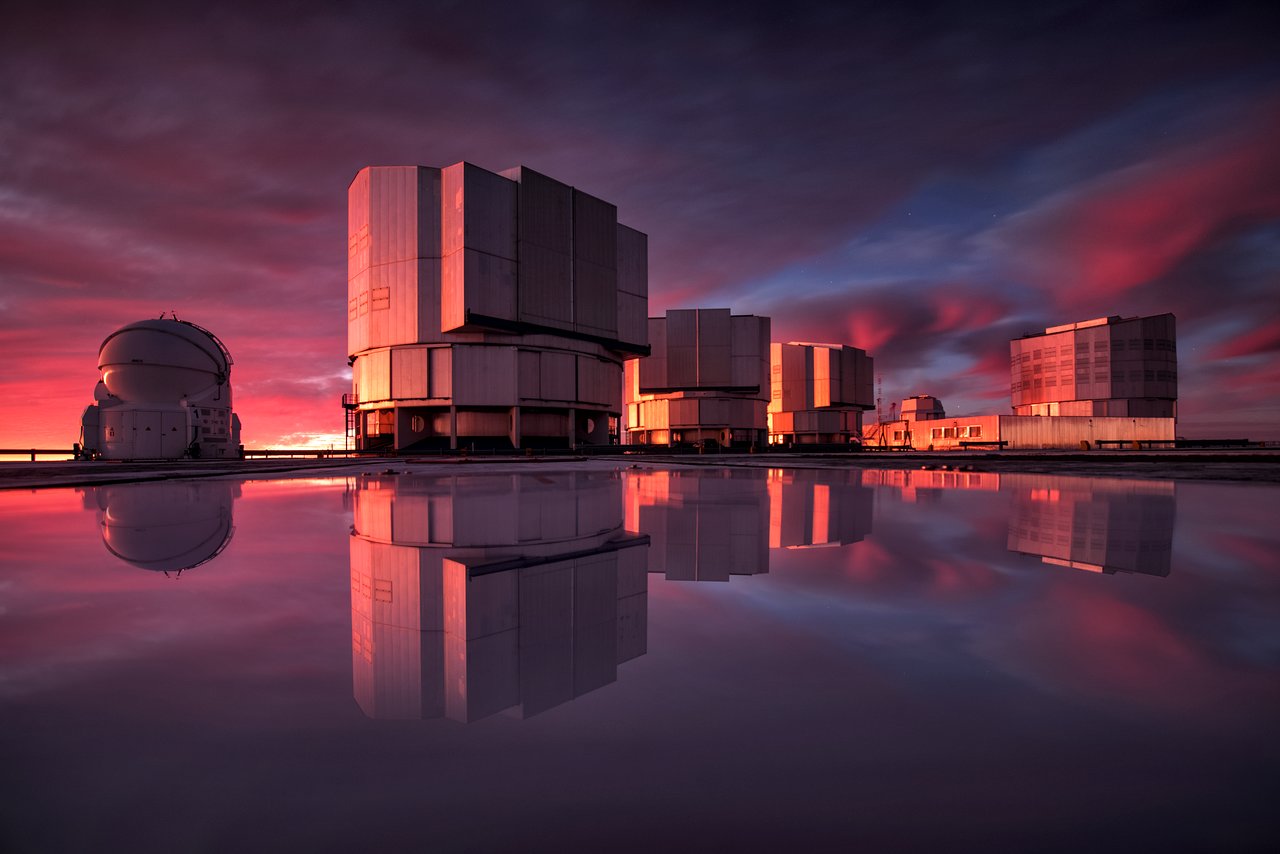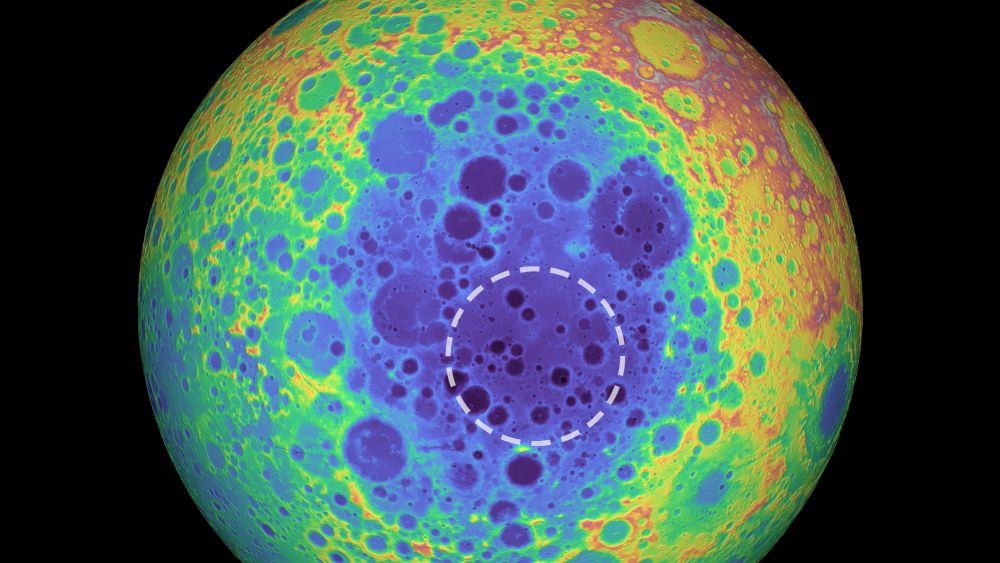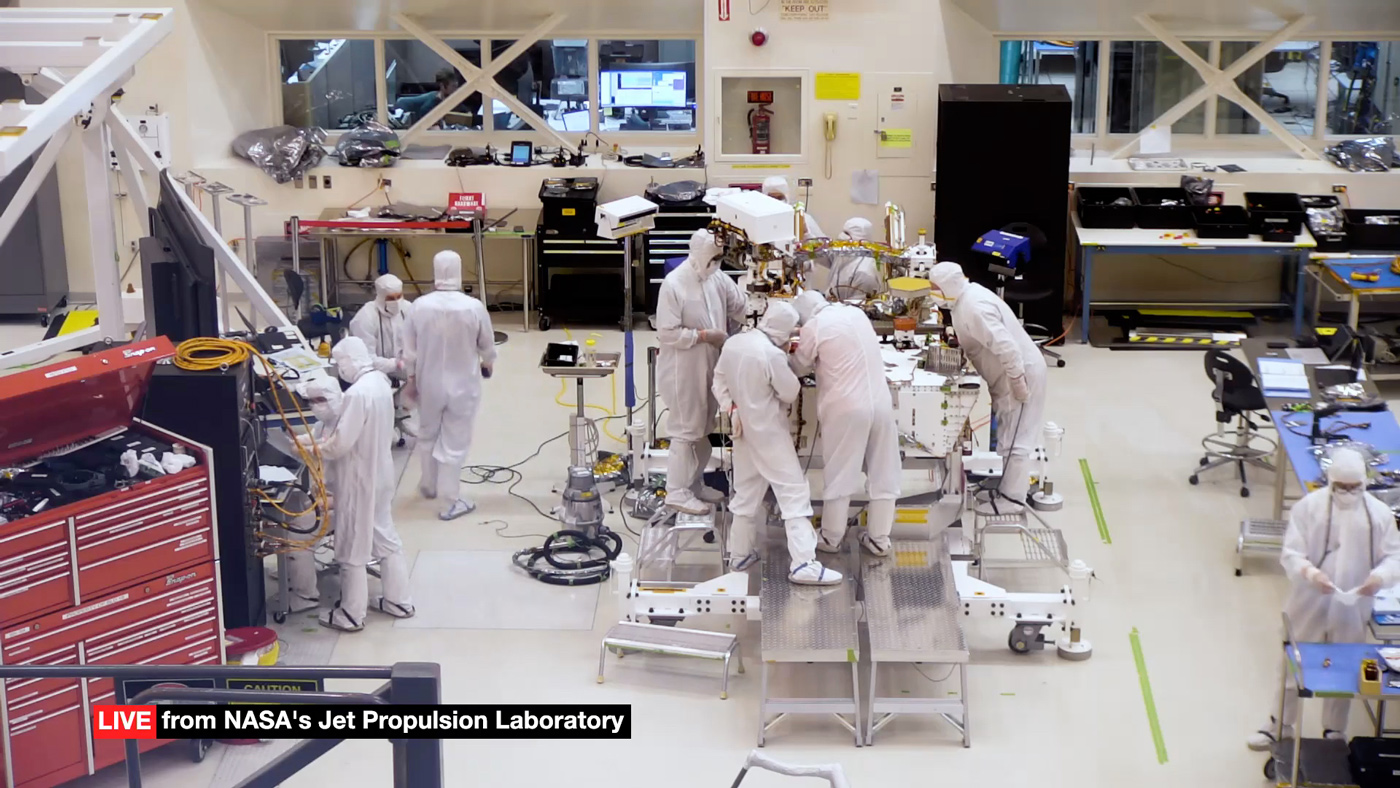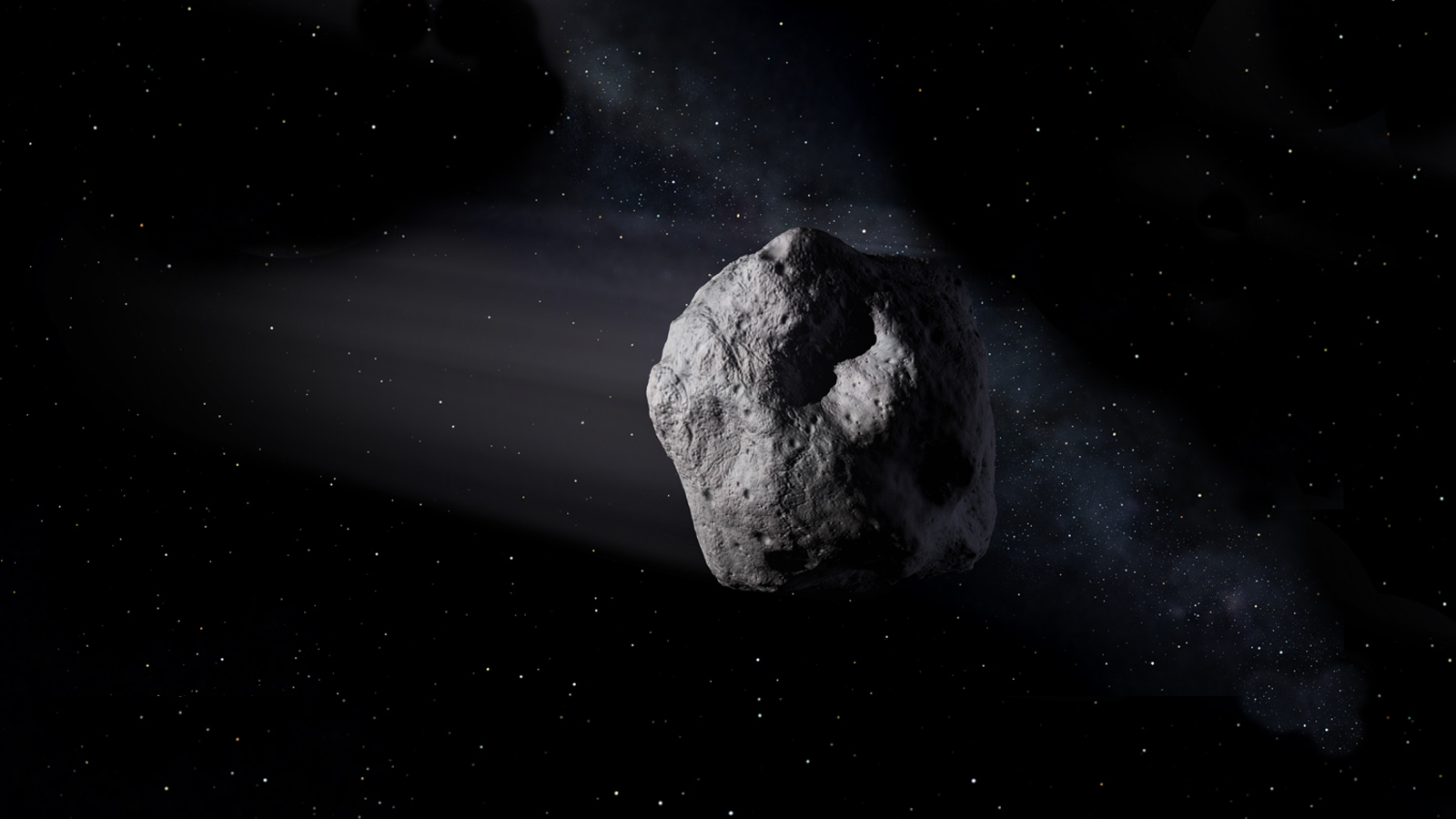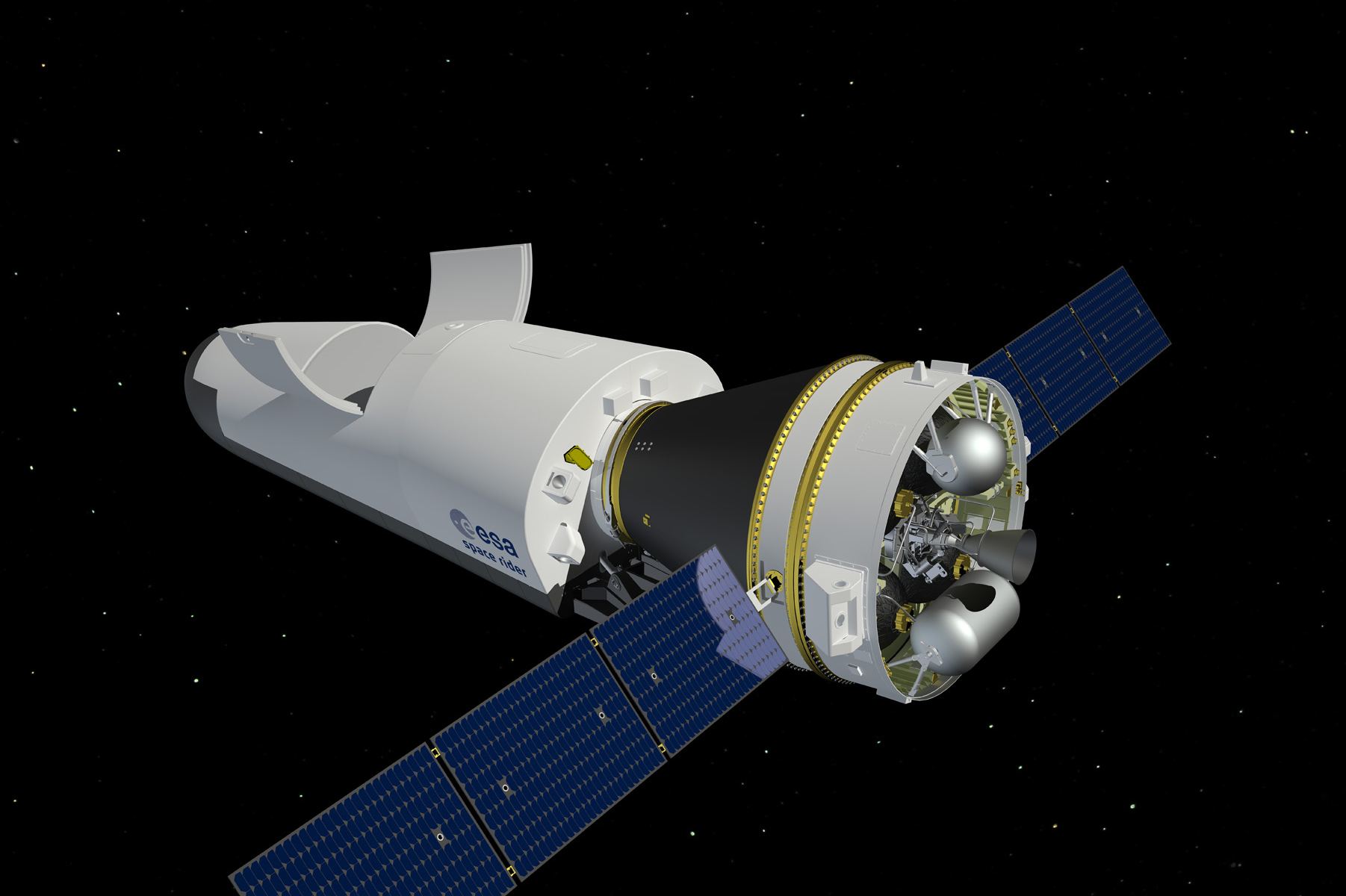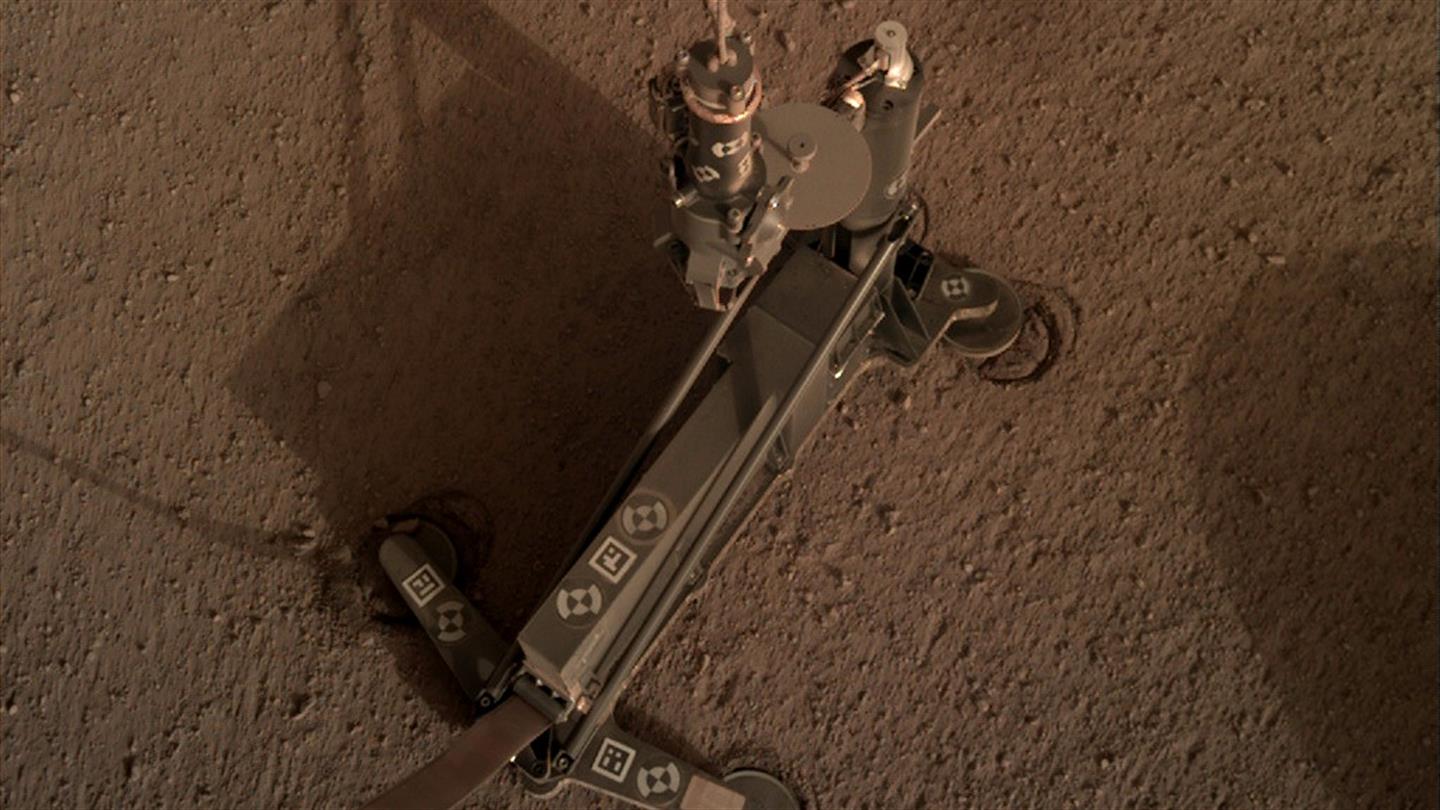Apollo 11 was the first mission to land people on the lunar surface. But Apollo relied on a lot of predecessor missions to lay the groundwork for the successful mission to the Moon. One of them was Apollo 10, the fourth crewed mission in the Apollo program.
Apollo 10 was an almost complete mission that including everything that Apollo 11 had, except for an actual landing on the Moon. It was a dress rehearsal, and was the second Apollo mission to orbit the Moon. It even had an Apollo Lunar Module that was flown to within 15 km of the lunar surface. But that module never landed, and eventually, after it rendezvoused with the command module and the crew disembarked, it was sent into orbit around the Sun.
And up until now, nobody knew where it was.
Continue reading “Apollo 10’s “Snoopy” Lunar Lander May Have Been Found in Space”
